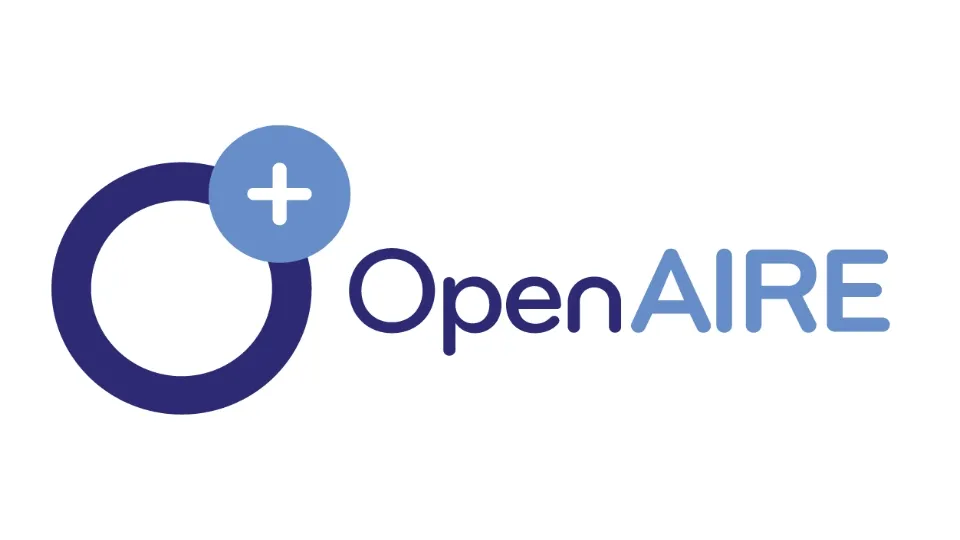Kuasa Disiplin dalam Kepemimpinan Perpustakaan Perguruan Tinggi
DOI:
https://doi.org/10.21154/pustakaloka.v13i1.2652Keywords:
Discipline Power, Library Leadership, Panopticism, Islamic Libraries, UII LibraryAbstract
A leader is someone who has influence in an organization. One of them is a library that has a leader to achieve its goals. The library of Islamic University of Indonesia is one of the higher education libraries located in the Special Region of Yogyakarta, which is led by a director with an educational background in library science. This study was aimed at investigating disciplinary power exercised by a director. This research employed a qualitative method with a descriptive approach. Data were collected through in-depth interviews, observation, and documentation. Data analysis was performed using three stages of analysis based on Miles and Huberman. In its analysis, Michel Foucault's theory of disciplinary power was used as an effort to look at five things, i.e. panopticism, separation of places, documentation, standardization of judgments, and rewards. The results show that the form of power was hierarchical supervision embodied in verbal rules regarding working time, non-verbal staff jobdesk, separation between the library director's room and division, forms of tardiness and absence, work standards and verbal rewards, and written warnings.
Key Words: Discipline Power, Library Leadership, Panopticism, Islamic Libraries, UII Library
References
Arikunto, Suharsimi. Prosedur Penelitian. Jakarta: Rineka Cipta, 2010.
Asnar, Zaid Habibie. “Pengaruh Tata Ruang Kantor Terhadap Produktivitas Kerja Pegawai di Pusat Kajian dan Pendidikan dan Pelatihan Aparatur III Lembaga Administrasi Negara (PKP2A III LAN) Samarinda.” eJournal Ilmu Pemerintahan 1, no. 4 (2013): 1488”“1500.
Barron, Simon, dan Andrew Preater. “Critical Systems Librarianship.” Dalam The Politics of Theory and the Practice of Critical Librarianship, 87”“113. CA: Library Juice Press, 2018.
Basyah, Halimatussakdiah, Abdul Rahman Lubis, Mukhlis Yunus, dan
Nurdasila Darsono. “The Role of Leadership Style of Head of Ward, Electronic Documenting, and Nurses’ Performance in Service Innovation in MeuraXa Hospital.” The South East Asian Journal of Management 12, no. 1 (2018): 65”“84.
Creswell, John W. Research Design: Quality & Quantitative Approaches. Thousan Oaks CA: Sage Publication, 1998.
Denzin, Norman K., dan Yvonna S. Lincoln. Handbook of Qualitative Research. London: Sage Publication, 1994.
Direktorat Perpustakaan UII. “Manajemen,” t.t. https://library.uii.ac.id/manajemen/.
””””””. “Sejarah Singkat Perpustakaan UII,” t.t. https://library.uii.ac.id/sejarah-id/.
Evita, Siti Noni, Wa Ode Zusnita Muizu, dan Raden Tri Wahyu Atmojo. “Penilaian Kinerja Karyawan dengan Menggunakan Metode Behaviorally Anchor Rating Scale dan Management By Objectives (Studi Kasus pada PT Qwords Company International).” Pekbis Jurnal 9, no. 1 (2017): 18”“32.
Foucault, Michel. Discipline & Punish: The Birth of The Prison. New York: Vintages Book, 1995.
””””””. Power and Knowledge: Wacana Kuasa dan Pengetahuan. Yogyakarta: Bentang Budaya, 2002.
Fuady, Najmi. “Kuasa Disiplin dalam Kepemimpinan di Perpustakaan (Studi Kasus Kepala Perpustakaan Sekolah Sukma Bangsa Lhouksemawe).” Al-Kuttab 1 (2019): 40”“52.
Hardiyanta, P. Sunu. Disiplin Tubuh: Bengkel Individu Modern. Yogyakarta: LKiS, 1997.
Kristianto, Thomas Ari, Caesario Ari Budianto, dan Okta Putra Setio Ardianto. “Perancangan Interior Kantor Pusat PT Pelindo 3 (Persero) dengan Penerapan Konsep Seni Nusantara untuk Peningkatan Efisiensi dan Produktifitas Kerja.” Jurnal Desain Interior 1, no. 1 (2016): 61”“68.
Laugu, Nurdin. Representasi Kuasa dalam Pengelolaan Perpustakaan. Yogyakarta: Gapernus Press, 2015.
Lilja, Mona, dan Stellan Vinthagen. “Sovereign Power, Disciplinary Power and Biopower: Resisting what Power with what Resistance.” Journal of Political Power 7, no. 1 (2014): 107”“26.
Metz, Terry. “Wanted: Library Leaders For a Discontinuous Future.” Library Issues 21, no. 3 (2001).
Mullins, John, dan Margaret Linehan. “The Central Role of Leaders in Public Libraries.” Library Management 26, no. 66/7 (2005): 386”“96.
Nobles, Bill. “Use Hierarchy for ”˜Liberating Servant Leadership’ Instead of Controlling Employees.” Journal of Organization Design 8, no. 21 (2019): 1”“7.
Panekenan, Regitha M., Willem J.F Alfa Tumbuan, dan Farlane S. Rumokoy. “The Influence of Reward and Punishment Towards Employee’s Performance at Bank Indonesia Branch Manado.” Jurnal EMBA 7, no. 1 (2019): 471”“80.
Rasim, Ahmad. “Tipologi dan Karakter Ideal Kepemimpinan Dunia.” Lingkar Widiaswara 1 (2014): 46”“52.
Ritzer, George, dan Douglas J Goodman. Teori Sosiologi. Disunting oleh Nurhadi. Bantul: Kreasi Wacana, 2017.
Silva Wells, C. da, E. Le Borgne, N. Dickinson, dan D. de Jong. “Documenting Change: An Introduction to Process Documentation.” IRC International Water and Sanitation Centre 47 (2011): 1”“46.
Sugiyono. Metode Penelitian Kuantitatif, Kualitatif dan R&D. Bandung: Alfabeta, 2006.
Sulistyo-Basuki. Pengantar Ilmu Perpustakaan. Jakarta: Universitas Terbuka, 1993.
Vellienda, Churnia Dwi, dan Sugeng Harianto. “Panoptikon dan Hypomnema dalam Pendisiplinan Tubuh Narapidana Lembaga Pemasyarakatan” 8, no. 1 (2020): 1”“17.
Wijaya, Muksin. “Kepemimpinan Transformasional di Sekolah dalam Meningkatkan Outcomes Peserta Didik.” Jurnal Pendidikan Penabur, no. 05 (2005): 118”“27.
Wilson, Daniel Earl. “Moving Toward Democratic-transformational Leadership in Academic Library.” Library Management 41, no. 8/9 (2020): 731”“44.
Downloads
Published
Issue
Section
License
Requirements to be met by the author as follows:
- Author storing copyright and grant the journal right of first publication manuscripts simultaneously with licensed under the Creative Commons Attribution License that allows others to share the work with a statement of the work's authorship and initial publication in this journal.
Authors can enter into the preparation of additional contractual separately for non-exclusive distribution of a rich version of the journal issue (eg: post it to an institutional repository or publish it in a book), with the recognition of initial publication in this journal.
Authors are allowed and encouraged to post their work online (eg, in institutional repositories or on their website) prior to and during the submission process, because it can lead to productive exchanges, as well as citations earlier and more severe than published works. (see The Effect of Open Access).















